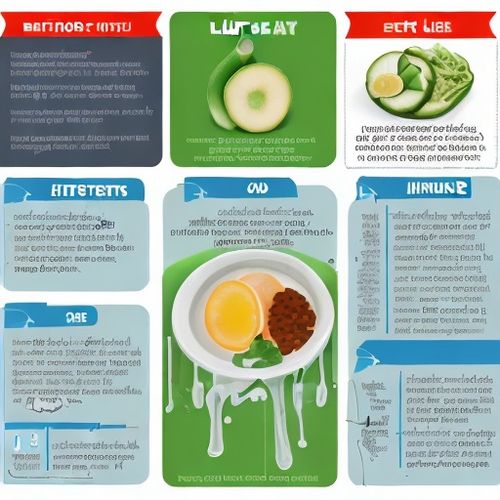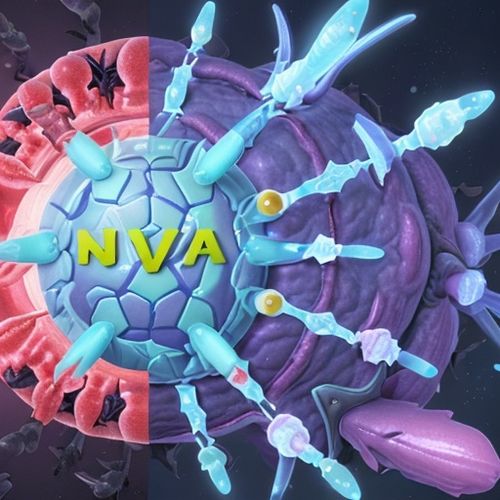The human gut microbiome has emerged as a focal point in modern nutritional science, with a growing body of research underscoring its profound influence on overall health. This complex ecosystem of trillions of microorganisms doesn't just aid digestion—it actively modulates immunity, synthesizes essential vitamins, and even communicates with the nervous system. As scientists unravel these intricate relationships, dietary strategies to optimize gut microbiota composition have moved from fringe wellness advice to evidence-based medical recommendations.
Fermented foods have transitioned from culinary tradition to therapeutic tools in microbiome management. Unlike probiotic supplements containing isolated bacterial strains, traditionally fermented foods like kimchi, kefir, and miso offer diverse microbial communities alongside the nutrients that support their survival. Recent studies from Stanford University revealed that participants consuming fermented foods showed decreased inflammatory markers and increased gut microbiota diversity—effects not seen in those eating high-fiber diets alone. The live cultures in these foods appear to act as ecosystem engineers, creating conditions favorable for beneficial native bacteria to thrive.
The fiber paradox presents one of the most intriguing challenges in microbiota-targeted nutrition. While indigestible plant polysaccharides serve as primary fuel for gut bacteria, individual responses vary dramatically based on baseline microbiome composition. Some individuals experience bloating and discomfort when increasing fiber intake, particularly those with microbiome profiles low in fiber-degrading species. This has led to personalized approaches where fiber introduction is gradual, often starting with well-tolerated soluble fibers like psyllium before incorporating more complex prebiotics such as inulin or resistant starch.
Polyphenol-rich foods demonstrate unexpected microbiome-modulating properties that extend beyond their antioxidant effects. The vibrant pigments in berries, dark chocolate, and red wine—often maligned as mere "superfood" hype—actually serve as sophisticated microbial signaling molecules. These compounds selectively inhibit pathogens while stimulating growth of beneficial species like Akkermansia muciniphila, a microbe associated with improved metabolic health. What makes polyphenols particularly remarkable is their ability to remain bioactive throughout the digestive tract, influencing microbial populations even in the distal colon where many other nutrients have been fully absorbed.
Animal proteins versus plant proteins create distinctly different microbial fermentation patterns that may explain some health outcome disparities. Emerging metabolomic research shows that gut bacteria process these protein sources into divergent byproducts—plant proteins tend to generate short-chain fatty acids with anti-inflammatory properties, while excessive animal protein fermentation can produce potentially harmful metabolites like trimethylamine N-oxide (TMAO). This doesn't necessitate complete meat avoidance but suggests strategic balancing, such as combining animal proteins with fibrous vegetables to mitigate unfavorable microbial metabolic pathways.
The timing and combination of foods may be as important as the foods themselves for optimal microbial fermentation. Food sequencing—eating fiber-rich foods before proteins and fats—appears to create a more favorable gut environment by allowing fiber to reach the colon without interference. Similarly, pairing certain foods enhances their microbiome benefits; for example, consuming healthy fats with polyphenol-rich vegetables increases polyphenol absorption while simultaneously nourishing fat-metabolizing bacterial strains. These nuanced interactions challenge traditional nutrition paradigms focused solely on individual nutrients or food groups.
Industrial food processing doesn't just remove nutrients—it fundamentally alters how foods interact with our microbial inhabitants. Emulsifiers ubiquitous in processed foods, even at levels deemed safe by regulatory agencies, can damage the protective mucus layer separating gut bacteria from intestinal epithelial cells. This may explain why "whole food" versions of nutrients often show greater microbiome benefits than their purified counterparts. The microbial perspective adds another dimension to the whole-foods versus processed foods debate, suggesting that processing may disrupt the natural synergies between food components and their microbial consumers.
Regional dietary patterns offer compelling case studies in long-term microbiome adaptation. The longevity-linked Mediterranean diet, rich in olive oil, fish, and diverse plants, fosters microbial communities distinct from those associated with Western diets. Similarly, traditional Asian diets high in fermented soy produce different microbial profiles than dairy-heavy European patterns. These differences underscore that there's no single "ideal" microbiome, but rather microbial ecosystems that co-evolved with cultural dietary patterns over generations. Modern microbiome-targeted diets might benefit from incorporating these time-tested principles rather than pursuing reductionist approaches.
Practical implementation of microbiome-friendly eating faces very real socioeconomic barriers. The diversity of plants needed to support microbial diversity, along with premium-priced fermented foods, remain inaccessible to many populations. This creates an unfortunate paradox where those most burdened by chronic diseases linked to microbiome dysfunction often have the least access to therapeutic dietary interventions. Addressing this disparity may require both policy-level changes and innovative solutions like affordable small-scale fermentation or community gardening initiatives that make microbiome-supportive foods more widely available.
As research progresses, the line between food and medicine continues to blur in the realm of microbiome science. Future directions may include precision nutrition approaches using microbiome testing to guide dietary recommendations, or the development of "microbiome translator" foods designed to modify microbial metabolism in targeted ways. What remains clear is that our understanding of food must expand beyond just human nutrition to encompass the needs of our microbial partners—a paradigm shift that could transform how we approach eating for health in the coming decades.

By Sarah Davis/May 19, 2025

By Natalie Campbell/May 19, 2025

By George Bailey/May 19, 2025

By Lily Simpson/May 19, 2025

By David Anderson/May 19, 2025

By Olivia Reed/May 19, 2025

By Amanda Phillips/May 19, 2025

By Sophia Lewis/May 19, 2025

By Olivia Reed/May 19, 2025

By Emily Johnson/May 19, 2025

By John Smith/May 18, 2025

By Eric Ward/May 18, 2025

By Jessica Lee/May 18, 2025

By Jessica Lee/May 18, 2025

By Sophia Lewis/May 18, 2025

By Rebecca Stewart/May 18, 2025

By Emily Johnson/May 18, 2025

By Rebecca Stewart/May 18, 2025

By Megan Clark/May 18, 2025

By Megan Clark/May 18, 2025